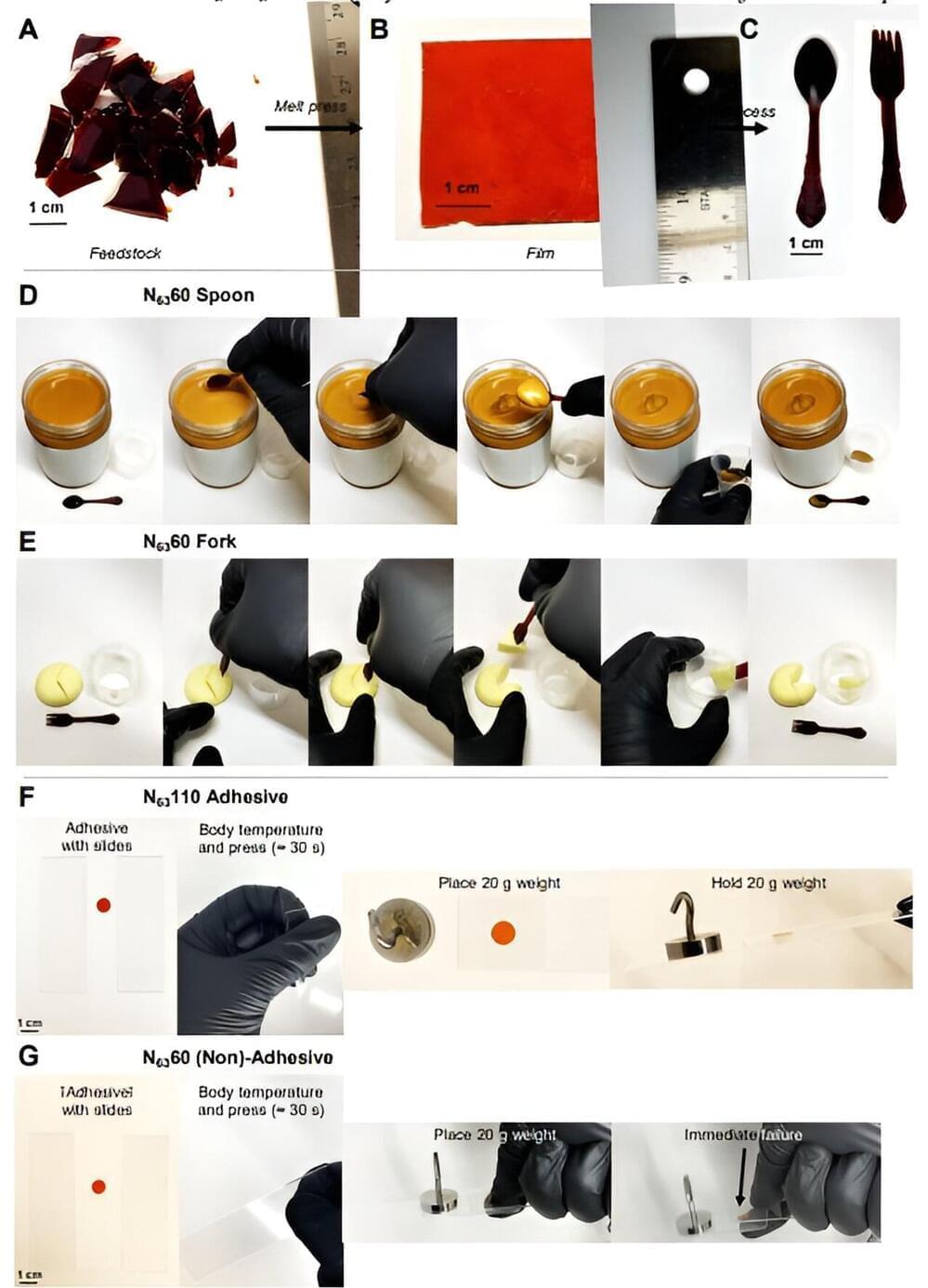Feb 3, 2024
SpaceX will reap the benefits of new Dragon research opportunity
Posted by Genevieve Klien in categories: alien life, health
SpaceX will become the co-owner of valuable data, biological samples, and possibly even patents and intellectual property related to human spaceflight, according to the terms and conditions of a new program inviting research on crewed Dragon missions.
The company started quietly inviting proposals “for exceptional science and research ideas that will enable life in space and on other planets,” to be executed on orbit using its Dragon spacecraft capsule. Specifically, SpaceX says it’s looking for research studies and experiments focused on fitness, or solutions to increase “efficiency and effectiveness,” and those focused on human health during long-duration spaceflight missions.
Selected research study groups would have access to SpaceX’s crewed Dragon missions, opening up a whole new use case for one of the company’s core products.

















